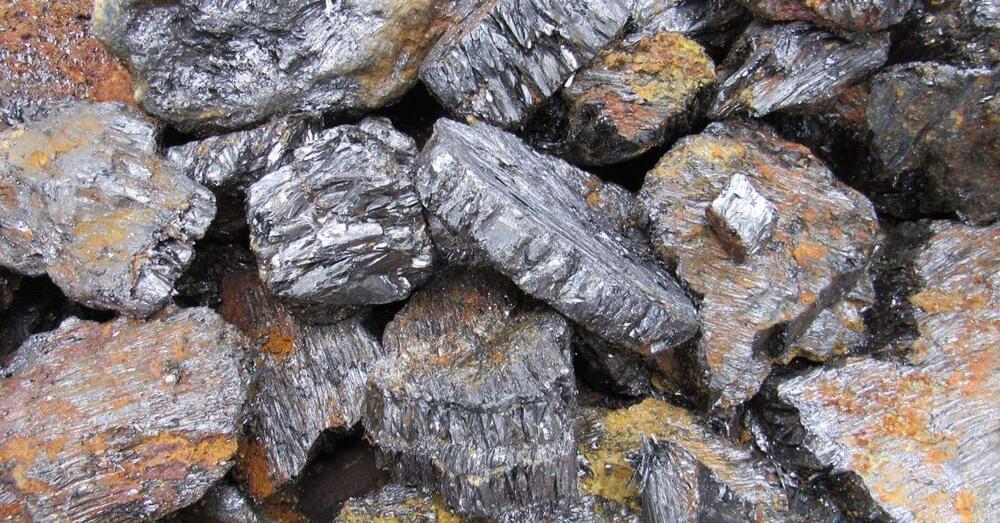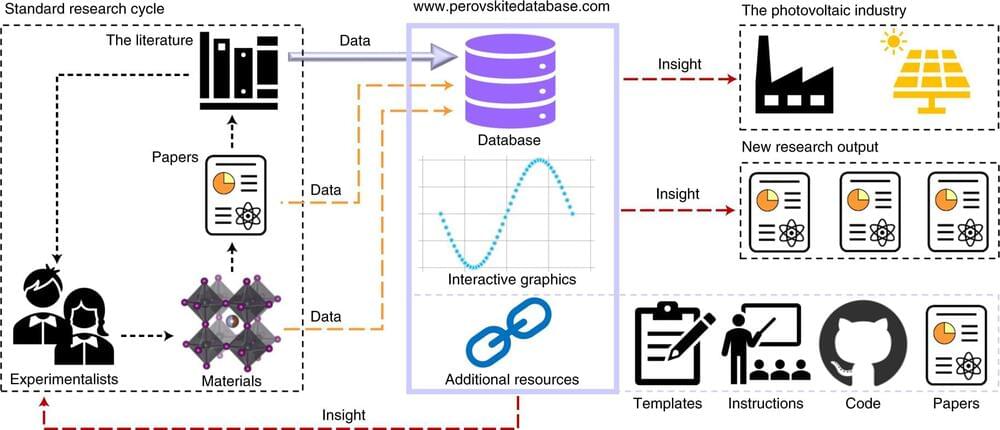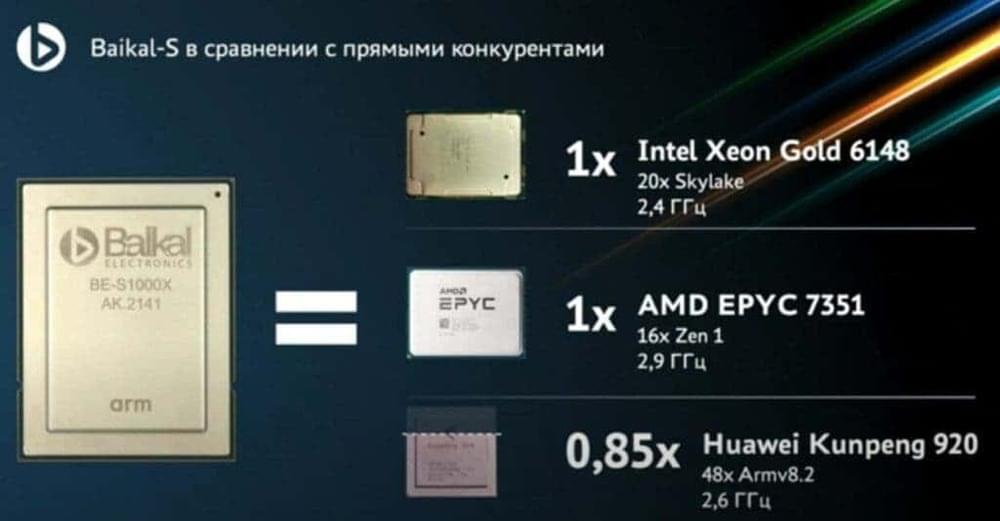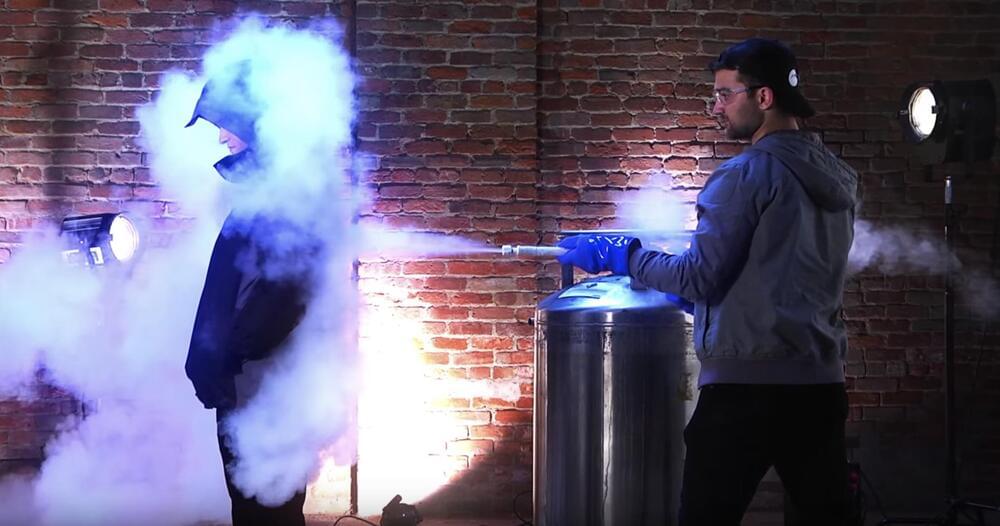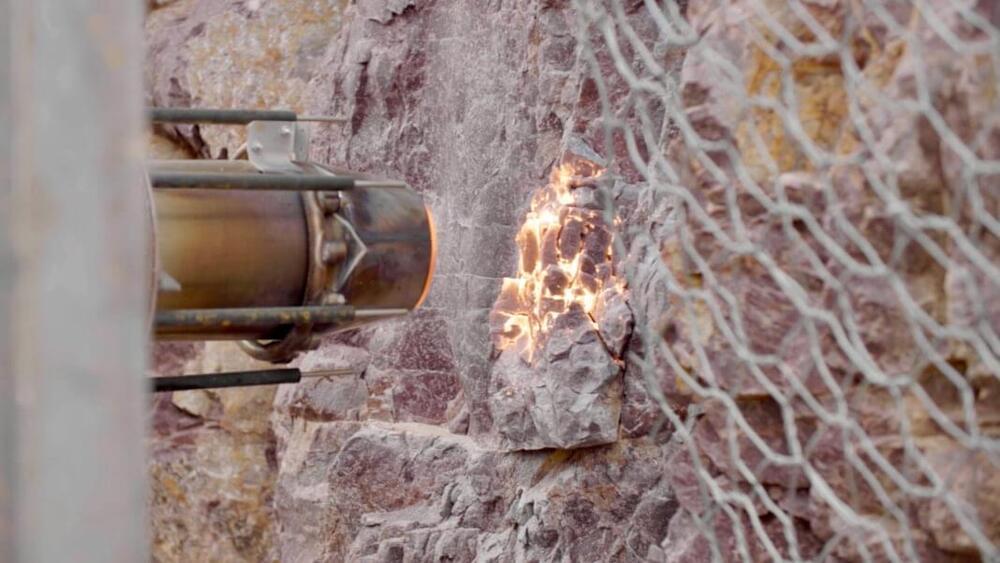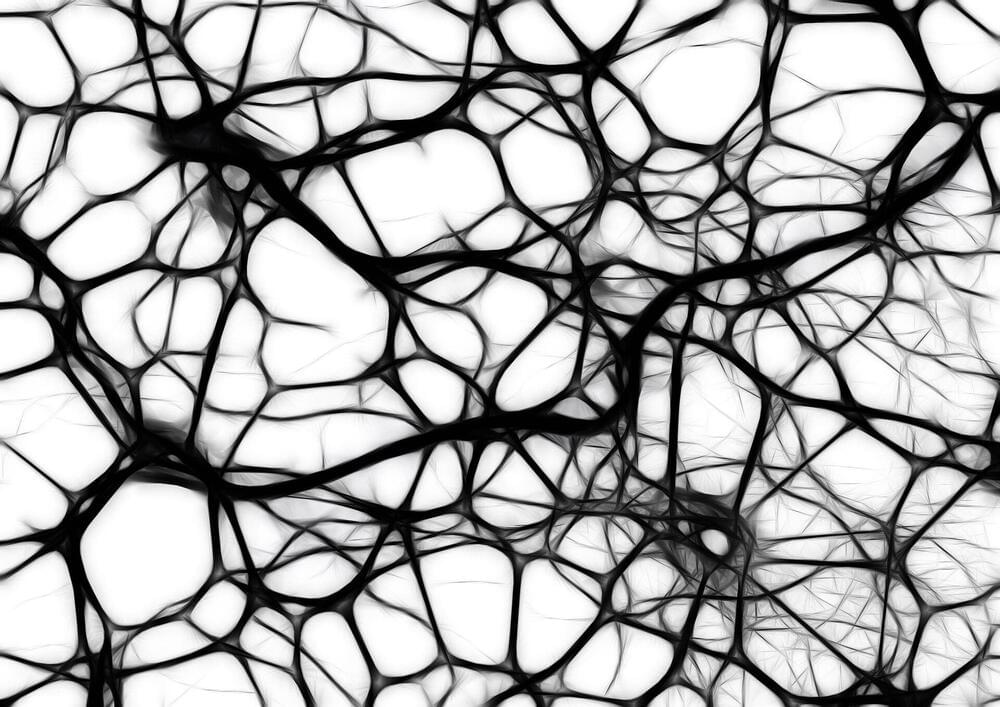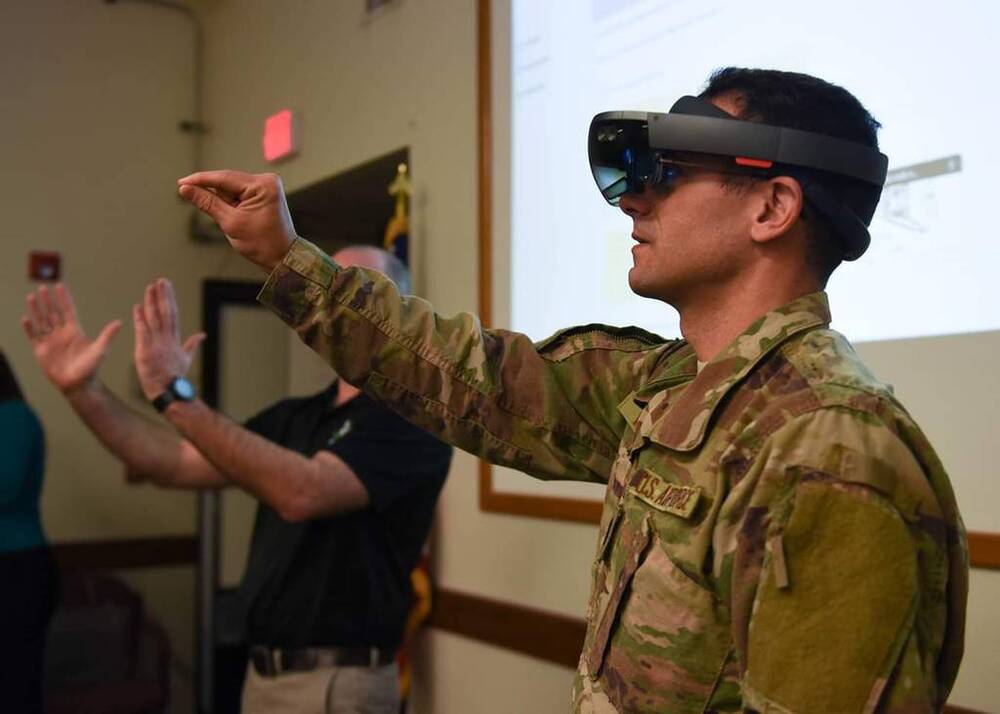US sanctions have not only made it harder for Chinese aviation companies to buy technology, but they have made financing more difficult too.
(Bloomberg) — Amazon.com Inc.’s efforts to curry favor with the Chinese government included quieting criticism of President Xi Jinping’s book on its Chinese outlet, according to a Reuters report. Most Read from BloombergModerna’s Third Dose Boosts Antibodies Against OmicronS&P 500 Has Biggest Three-Day Drop Since September: Markets WrapBilly Joel NYC Show Going Ahead; Quebec Closures: Virus UpdateOmicron Becomes Dominant U.S. Strain With 73% of Covid CasesManchin Outlines Tax, Policy Changes He’
Electric-vehicle and battery startups have turned to an elite group of lawyers to ward off regulatory scrutiny while raising capital. Meet them here.
As the electric car revolution ramps up, so does the need for critical minerals used in batteries, such as graphite. According to Benchmark Mineral Intelligence, there will be a global graphite deficit starting in 2022, and demand from the battery sector is expected to rise 30% annually until 2030. The US has no manufacturing plants that can supply automotive-grade graphite at scale. Meanwhile, China controls 84% of the global supply. Electrek spoke with Don Baxter, CEO of Ceylon Graphite, about how graphite is used in EVs, the supply chain issue, and how EV battery manufacturers can successfully source the vital mineral.
Electrek: How is graphite used in battery electric vehicles?
Don Baxter: Processed graphite comprises 95% of the anode (negative electrode) of lithium-ion batteries that power EVs, whereas the cathode (positive electrode) is made up of various materials such as nickel and cobalt.
An international team of experts has collected data on metal halide perovskite solar cells from more than 15,000 publications and developed a database with visualization options and analysis tools. The database is open source and provides an overview of the rapidly growing knowledge as well as the open questions in this exciting class of materials. The study was initiated by HZB scientist Dr. Eva Unger and implemented and coordinated by her postdoc Jesper Jacobsson.
Halide perovskites have huge potential for solar cells and other optoelectronic applications. Solar cells based on metal-organic perovskites achieve efficiencies of more than 25 percent, they can be produced cheaply and with minimal energy consumption, but still require improvements in terms of stability and reliability. In recent years, research on this class of materials has boomed, producing a flood of results that is almost impossible to keep track of by traditional means. Under the keyword “perovskite solar,” more than 19,000 publications had already been entered in the Web of Science (spring 2021).
Now, 95 experts from more than 30 international research institutions have designed a database to systematically record findings on perovskite semiconductors. The data are prepared according to the FAIR principles, i.e. they are findable, accessible, interoperable and reusable. By reading the existing literature, the experts have collected more than 42,000 individual data sets, in which the data can be filtered and displayed according to various criteria such as material compositions or component type. Researchers from several teams at HZB were involved in this Herculean task.
The Baikal-S chip is comparable to the Intel Skylake architecture, AMD Zen architecture, and Huawei Kunpeng 920.
SHOP NOW Before I moved to Chicago a few years ago, I thought I’d learned how to handle winter. When I got here, I turned out to be dead wrong. Even weari.
68,241 total views, 86 views today.
That’s why I bought my North Face when I moved here, but with even that jacket leaving me cold, I knew I had to switch again. I nevertheless hesitated because I was tired of shuffling through winter jackets every year. I wanted whatever I bought to last for a decade of winters to come. I’d rather increase my winter jacket budget – specifically for something higher-tech – in hopes of finding one lifelong purchase to keep me warm forever.
The robot, called Swifty, recently made quick work of a 20-foot demonstration bore hole through one of the toughest rock types on the planet.
To solve the mysteries of how learning and memory occur, Johns Hopkins Medicine scientists have created a system to track millions of connections among brain cells in mice—all at the same time—when the animals’ whiskers are tweaked, an indicator for learning.
Researchers say the new tool gives an unprecedented view of brain cell activity in a synapse—a tiny space between two brain cells, where molecules and chemicals are passed back and forth.
“It was science fiction to be able to image nearly every synapse in the brain and watch a change in behavior,” says Richard Huganir, Ph.D., Bloomberg Distinguished Professor of Neuroscience and Psychological and Brain Sciences at The Johns Hopkins University and director of the Department of Neuroscience at the Johns Hopkins University School of Medicine.
The proposed system would essentially convert existing instructional manuals into a format that could be used by augmented reality systems.



